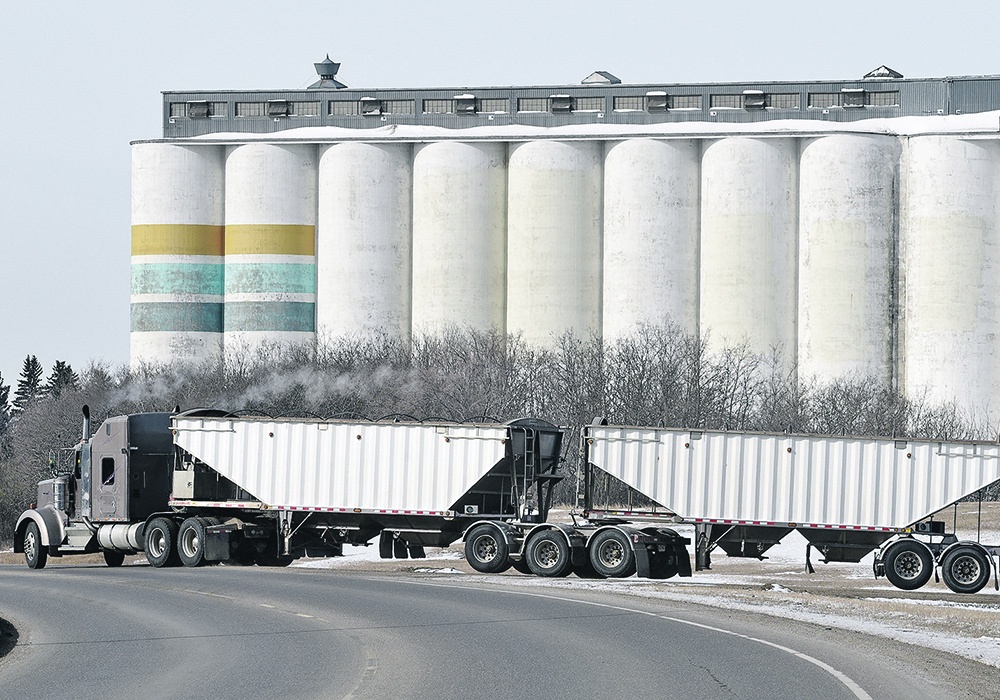The world market looks the scariest and riskiest in living memory.
So, will farmers reduce that risk by cutting back on acres, number of animals, inputs or management, while they wait for things to get better?
Nope. At least not for 90 percent of growers and livestock producers who have the money or credit to grow the most and best they can this year. Farmers can’t control much, but they can grow the best crop and raise the best livestock they can. That’s in their hands.
Read Also

Critical growing season is ahead for soybeans
What the weather turns out to be in the United States is going to have a significant impact on Canadian producers’ prices
Farmers are in the opposite position of an investor who tries to time the market by buying low and selling high.
Farmers can’t control when the spring comes. They can’t move harvest forward a month or push it a few months down the road, depending on the outlook.
They can’t sell their crops or livestock before they’re market ready.
When a farmer seeds a crop or breeds an animal, he just has to have faith that the market will be there to buy what he produces and buys it at a profitable price for the producer.
That, unfortunately, leads to a lot of white knuckle situations when a farmer lays down the money and makes a long-term commitment in scary circumstances.
“If you stop bringing them in you don’t have any product,” said Rudy Reimer, a chicken and steelhead trout producer in southern Manitoba. He told me about his need to keep restocking his giant fish operation with fingerlings even as he can’t move much of today’s finished trout and has seen many of his best buyers shut down, at least temporarily.
When a grower commits to a crop plan he’s making an investment that can radically change in profitability expectations from seeding time to harvest. When a hog producer breeds a sow, he has invested in a market most of a year away.
For Reimer, the fish market he’s investing in is about a year away. Right now, he’s only moving a portion of the market-ready trout he’s producing as restaurant and food service orders seize up under the COVID-19 pressures.
He also sells to consumers directly, and that business is good and could be boosted. He runs a chicken operation that sells more than 10,000 chickens per year to consumers and recently saw all his frozen product swept up by consumer demand sparked by pandemic fears.
He’d like to be able to sell into today’s hot market for direct-to-the-consumer sales, but during the winter it seemed like a good time to undertake renovations of his barn, so he has no chickens right now. How do you time something like that?
He’s just one example of many farmers I have spoken to this week who have to make decisions now and invest their money in the hopes that the markets for their products are still there and are profitable when the product is ready.
That’s a big leap of faith, but the opposite of speculation. It’s not taking a guess or gamble on future markets but deciding to farm regardless of the outlook.
Sometimes, as in these tumultuous times, that’s all you have, and all you can control.
Sometimes you just have to have faith and get busy farming.


















